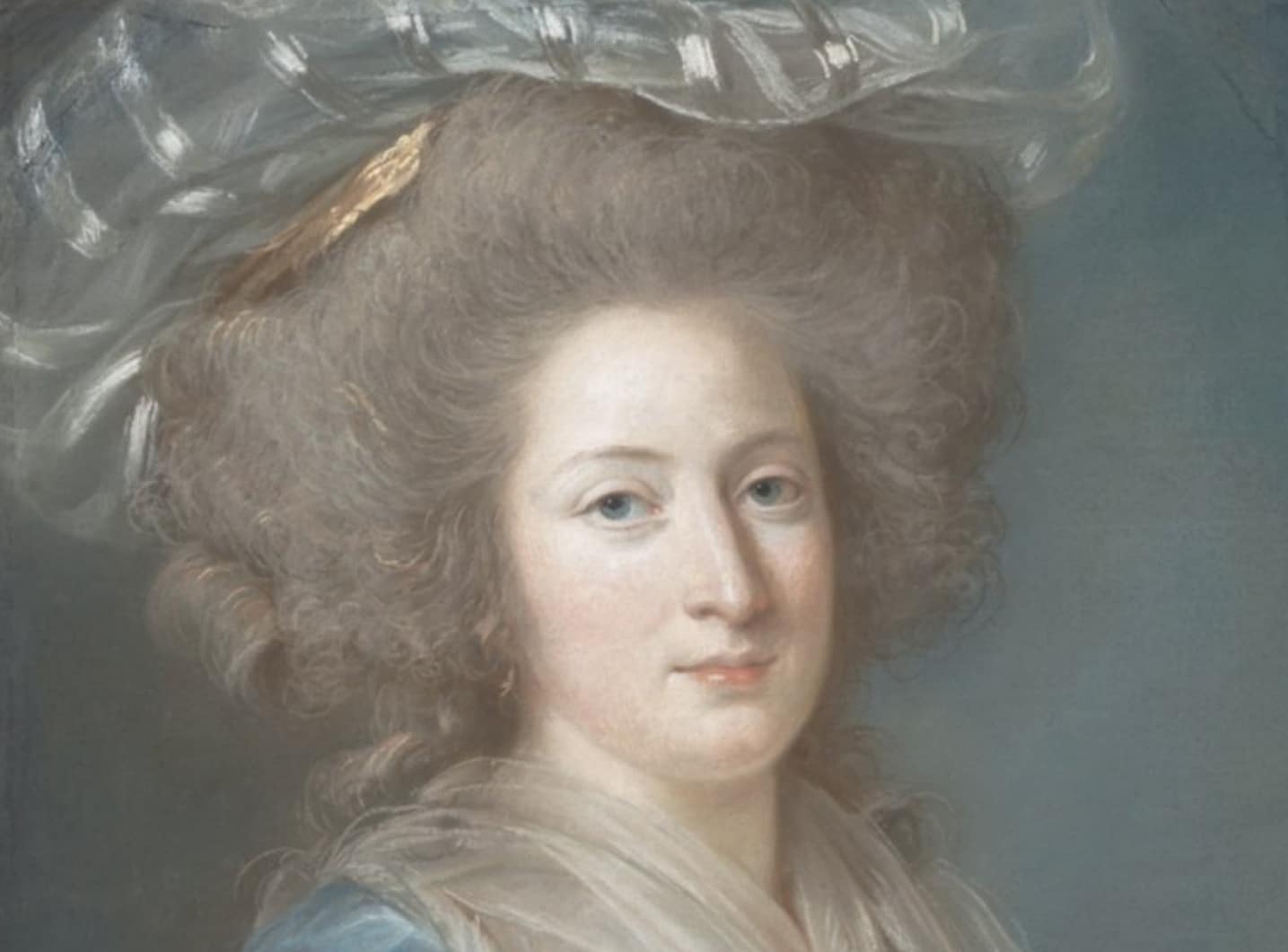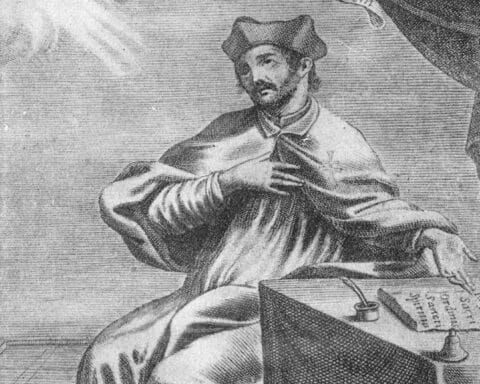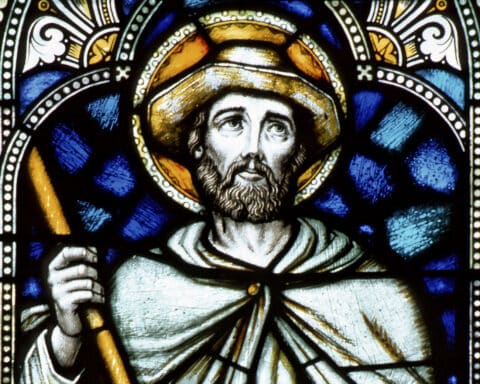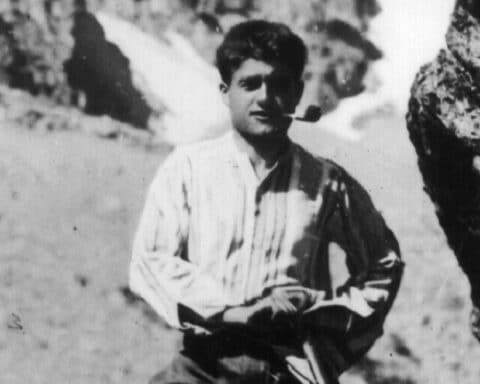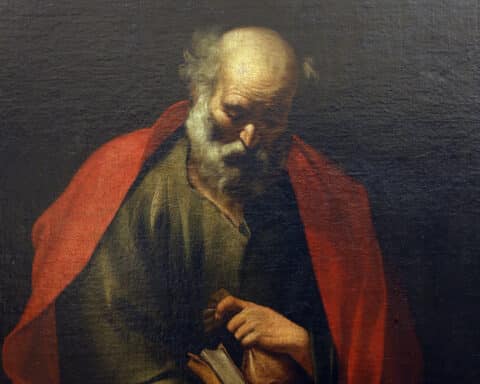PARIS (OSV News) — Called a “consoling angel,” the sister of King Louis XVI decided to stay on the side of her family even when death was imminent for doing so in the midst of horrors of the French Revolution.
On the 230th anniversary of her death under the guillotine on May 10, 1794, “Madame Elisabeth” is one step closer to beatification as the historical commission for her sainthood cause wrapped up its work May 2.
Sainthood cause reopened
The diocesan phase of her sainthood cause was reopened in 2017. Since then Father Xavier Snoëk, the postulator, has spared no effort to raise awareness of the noble lady.
She was “an original and very modern young woman … pious and exuberant at the same time,” Father Snoëk told OSV News. “She read a lot, while being passionate about science and mathematics. She was also very athletic. She loved the outdoors and was an excellent horseback rider.”
Orphaned at 3, Elisabeth grew up at the court of Versailles. At 15, she decided not to marry and to devote herself to God. She did not want to enter religious life either. “She wanted to live, in her own way, a life of commitment to the service of others, rooted in faith,” Father Snoëk pointed out.
The Domaine de Montreuil
In 1783, when Elisabeth was 19, King Louis XVI offered her the Domaine de Montreuil, a 20-acre estate close to the Versailles palace that can still be visited today. “It was there that she really began to work for the poor,” Father Snoëk explained.
In Montreuil, Elisabeth developed her farm to be able to supply vegetables, eggs and milk from her cows to the needy families around her. “She visited the poor of the neighborhood, and she opened a dispensary, especially for smallpox patients. They called her ‘the Good Lady of Montreuil.’ She also had an intense prayer life”, Father Snoëk pointed out. “She prayed daily with her childhood friends and the ladies-in-waiting who were around her.”
Courage in adversity
Elisabeth was 25 when the French Revolution broke out full scale in 1789. “She chose her path with determination, despite the danger,” the postulator explained. “She had several opportunities to go into exile. But she decided to stay with her brother Louis XVI, which turned out to be heroic.”
On June 20, 1792, the royal family was at the Tuileries Palace, in Paris, when thousands of insurgent Parisians invaded it. “Elisabeth tried to talk to the rioters,” Father Snoëk said. “Some of them mistook her for the queen,” and she was actually hoping to save the queen by “pretending to be her.”
A few months later, the whole family was imprisoned in the notorious Le Temple prison. “She put all her energy into trying to support family members,” Father Scnoëk told OSV News, explaining why she was called a “consoling angel.”
“She recited a daily prayer of abandonment to God, and at the moment of her death on the guillotine … she showed astonishing courage. She had just turned 30. She had a strong faith in eternal life.”
For Father Snoëk, “Madame Elisabeth lived with an inner freedom and strength of character that remain exemplary today.”
The postulator pointed out that there are not that many single people, who were not religious, being beatified. “Yet our parishes are full of single people. She could be a model for laypeople committed in service to others. I see her as a beautiful reference for single people who want to give meaning to their lives.”
Path to beatification
In 2017, Pope Francis promulgated a “motu proprio” defining the “heroic offering of life” as a possible path to beatification. For Father Snoëk, this may have a positive influence for the advancement of Elisabeth’s cause. “She seems to fall into this category, which concerns people who did not die in hatred of the faith, like martyrs, but died a violent death as a result of their commitment to others.”
For beatification, the Vatican requires either proof that the candidate was a martyr or a miracle attributed to the candidate’s intercession with God. Another miracle is required for canonization.
Father Snoëk hopes that the diocesan phase of the sainthood cause will be by early 2026, so that the dossier can then be brought to Rome.
In January, an opera about “Madame Elisabeth” successfully premiered in Paris and in Versailles with historian Dominique Sabourdin-Perrin, who wrote Elisabeth’s biography, had already published a book on Madame Elisabeth. “It was magnificent,” Father Snoëk stated. “I hope this can take place another time, and reach a wider audience.”

